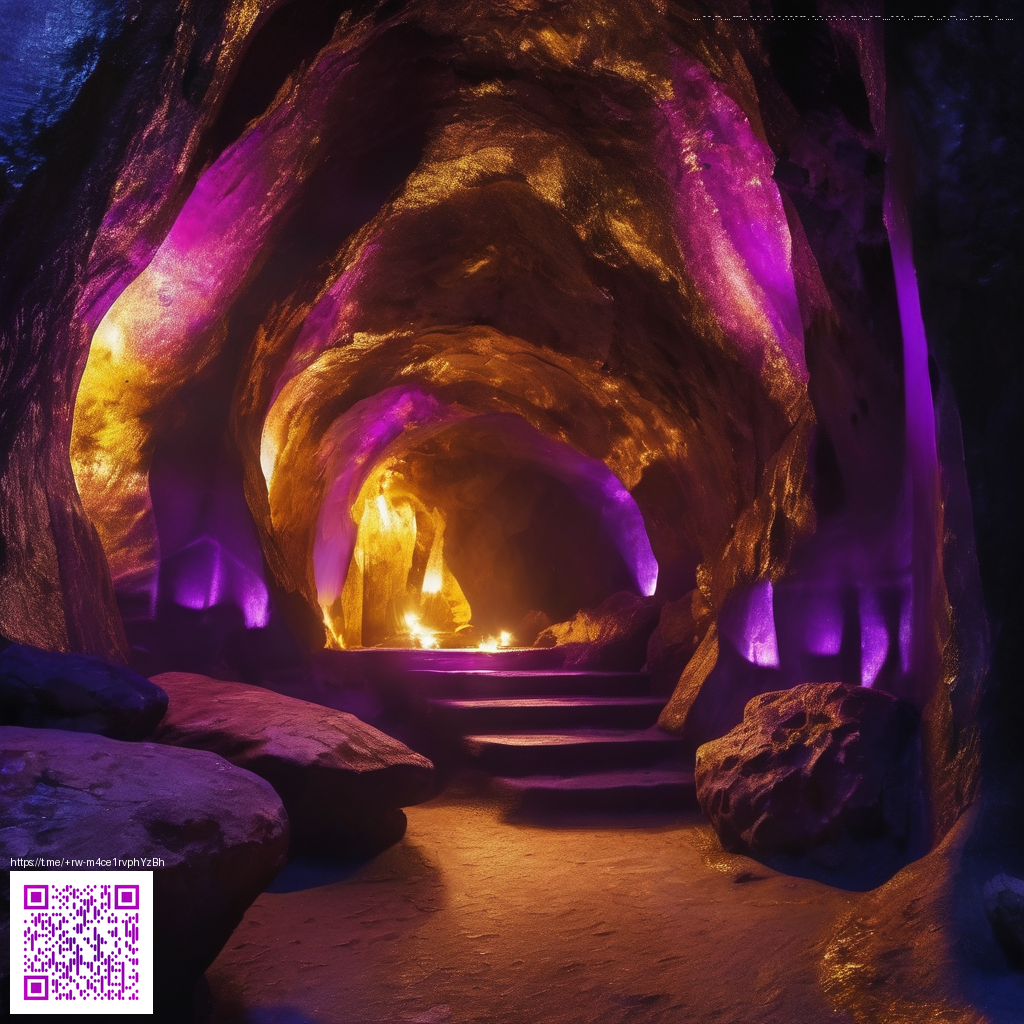
Crafting Modern Aesthetic Wallpapers: Practical Tips
In today’s screen-driven world, a wallpaper is more than a pretty backdrop—it’s a quiet partner that shapes your mood, focus, and day-to-day workflow. The best modern wallpapers blend simplicity with depth, balancing color, texture, and typography so your icons and widgets can breathe. This guide offers a pragmatic approach to designing wallpapers that feel intentional, contemporary, and surprisingly adaptable across devices.
Color, contrast, and mood
Color is the first language your wallpaper speaks. A modern aesthetic often relies on restrained palettes: a single dominant hue paired with two complementary accents. The goal is energy without distraction. When you test your design against app icons and text, aim for sufficient contrast so that time, weather, and notifications stay legible, even on smaller screens or in bright daylight. A muted base tone with a bold accent can unify your home screen while letting foreground elements glow.
- Pick one base color and two supporting hues to guide your entire palette.
- Check contrast against typical UI elements to avoid readability issues.
- Use gradients sparingly; a soft transition can add depth without creating visual noise.
“A wallpaper should whisper to the design language of your device, not shout over it.”
For readers exploring cross-channel aesthetics, a few tangible examples help. A wallpaper that keeps the focus on content is complemented by accessories that echo the same tone. If you’re exploring the idea of a bold accent in the real world, you might check out the Neon Phone Case with Card Holder MagSafe — 1 Card Slot, which demonstrates how a vivid accent can anchor a cohesive look. You can explore the product here: Neon Phone Case with Card Holder MagSafe — 1 Card Slot.
Texture, depth, and the art of subtlety
Texture adds tactile richness without clutter. Think light grain, a whisper of fabric, or a very faint geometric pattern that remains visible only up close. The trick is to keep texture as a secondary layer—visible enough to convey depth, but soft enough not to compete with icons, widgets, or clock readouts. A gentle gradient with a touch of noise or vignette can simulate depth, making the screen feel tactile rather than flat.
- Incorporate texture at low opacity to avoid overwhelming foreground elements.
- Use gradients to sculpt depth, not to dominate the composition.
- Test at different brightness levels to ensure texture remains perceptible across environments.
Typography and composition for mobile displays
Typography on wallpapers should support readability without stealing the show. Favor clean, modern sans-serifs with generous tracking for any text that might appear on a wallpaper (such as quotes or calendar snippets). Establish a subtle focal guide—like a diagonal line or a curved gradient arc—that leads the eye toward essential information while leaving space for icons and widgets. Keeping most typography near the bottom or along a safe zone helps maintain legibility across devices.
- Position any textual elements in the lower third where widgets often live.
- Avoid high-contrast stripes that interrupt widget alignment.
- Design for multiple aspect ratios by testing on different screen sizes.
Workflow tip: Start with a rough composition in a design tool, export at several aspect ratios (for example, 1080x2340 and 1440x3120), and test on real devices or high-fidelity simulators. This ensures your aesthetic remains consistent whether you’re using a phone, tablet, or desktop monitor.
In the spirit of cohesive design, consider how your wallpaper philosophy translates to the things you interact with daily. A well-chosen accent color can influence everything from app icons to physical accessories, helping you maintain a unified vibe across your digital and real-world spaces. For more inspiration, this page offers curated ideas that echo modern wallpaper sensibilities: https://defistatic.zero-static.xyz/b67af3fc.html.